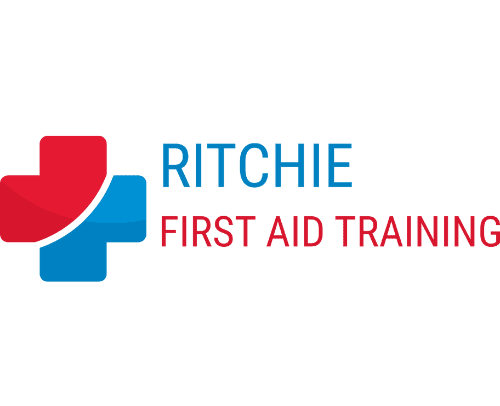
What does CPR mean and how to do it

Posted on Jun 4th, 2022
CPR stands for cardiopulmonary resuscitation. It's when someone gives chest compressions to a person in cardiac arrest to keep them alive until emergency help arrives. If you see someone having a cardiac arrest, call 999 and start CPR immediately. Be ready for that day by learning CPR as soon as possible.
Why do I need to do CPR when someone is in cardiac arrest?
A cardiac arrest is a serious emergency. It happens when there’s an electrical problem in the heart and it suddenly stops pumping blood around your body. When your heart stops pumping blood, your brain gets no oxygen. It causes the person to fall unconscious and stop breathing. Without CPR the person will die within minutes.
CPR should only be done if someone is:
- unconscious and not breathing
- unconscious and not breathing properly.
If someone is unconscious but they're breathing normally call 999 and put them in the recovery position.
What if their heart is beating but they’re not breathing?
This is called a respiratory arrest, and it’ll become a cardiac arrest quickly without CPR. Don’t waste time checking for a pulse – if someone is unresponsive and not breathing or not breathing normally then call 999 and start CPR.
CPR in 5 steps
Step 1: Shake and shout
If you come across someone who is unconscious, always check for hazards before you start helping.
Someone having a cardiac arrest will either not be breathing or they won’t be breathing normally. They also won’t be conscious.
Check for a response – gently shake the person’s shoulders and ask loudly 'are you alright?'
Shout for help – if someone is nearby, ask them to stay as you might need them. If you are alone, shout loudly to attract attention, but don't leave the person.
Step 2: Call 999
If the person is not breathing or not breathing normally:
- ask someone to call 999 immediately and ask for an ambulance
- ask someone to find a public access defibrillator (PAD).
If there's no one around call 999 before starting compressions.
Step 3: Give chest compressions
- Kneel next to the person.
- Place the heel of one hand in the centre of their chest. Place your other hand on top of the first. Interlock your fingers.
- With straight arms, use the heel of your hand to push the breastbone down firmly and smoothly, so that the chest is pressed down between 5–6 cm, and release.
- Do this at a rate of 100 to 120 chest compressions per minute – that’s around 2 per second. We tell people to think of Stayin’ Alive by the Bee Gees and push to the beat.
Step 4: Keep going
- Keep going until professional help arrives and takes over, or the person starts to show signs of regaining consciousness, such as coughing, opening their eyes, speaking, or breathing normally.
- If you’re feeling tired, and there’s someone nearby to help, ask them to take over giving CPR. You can show them what to do and take turns until emergency help arrives.
Step 5: Use a defibrillator
- As soon as a defibrillator is found turn it on and follow its clear instructions.
- The defibrillator will decide whether a shock is needed and if so, it will tell you to press the shock button. An automatic defibrillator will shock the person without prompt. Don’t touch the person while they're being shocked.
Send a Message
Complete the form to connect with us.
Contact Ritchie First Aid Training - Booking Office Open Mon-Fri 10am - 3pm
Give us a ring
07511 170110Send us an email
[email protected]